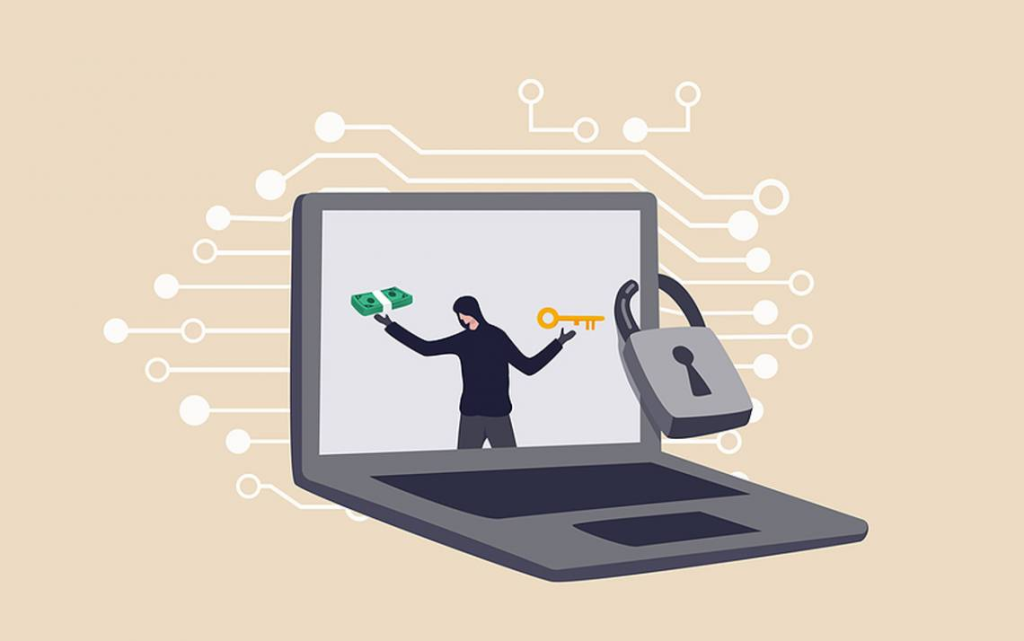Virtual Security Monitoring: Techniques for Monitoring Virtual Environments for Security Threats
Virtual safety, also known as cybersecurity or information security, refers to the methods and practices set in place to safeguard electronic resources, information, and techniques from unauthorized accessibility, breaches, and cyber threats in electronic environments. In today’s interconnected world, where firms count heavily on electronic systems and cloud computing, electronic safety represents a crucial role in safeguarding sensitive and painful data and ensuring the strength, confidentiality, and availability of data.
One of the primary issues of virtual security is protecting against unauthorized usage of virtual assets and systems. This involves utilizing robust authorization elements, such as accounts, multi-factor authentication, and biometric authorization, to examine the personality of customers and prevent unauthorized persons from accessing painful and sensitive information and resources.
Additionally, electronic security encompasses methods to protect against spyware, viruses, and other detrimental software that may bargain the security of electronic environments. This includes deploying antivirus computer software, firewalls, intrusion detection techniques, and endpoint safety answers to find and mitigate threats in real-time and prevent them from scattering across networks.
Another important aspect of electronic safety is securing data equally at sleep and in transit. This calls for encrypting information to make it unreadable to unauthorized people, thereby guarding it from interception and eavesdropping. Encryption ensures that even if information is intercepted, it remains secure and confidential, reducing the danger of data breaches and unauthorized access.
Additionally, electronic protection requires applying access regulates and permissions to restrict person rights and limit access to sensitive data and techniques and then certified individuals. Role-based entry get a handle on (RBAC) and least freedom principles are generally used to make sure that consumers have accessibility only to the resources necessary for their tasks and responsibilities, lowering the risk of insider threats and knowledge breaches.
Electronic security also encompasses checking and recording activities within virtual environments to find dubious conduct and possible protection incidents. Protection data and event administration (SIEM) options obtain and analyze logs from numerous places to spot safety threats and respond to them instantly, minimizing the influence of safety situations and avoiding information loss.
More over, virtual safety requires standard security assessments and audits to evaluate the potency of active safety regulates and recognize vulnerabilities and flaws in electronic environments. By performing proactive assessments, companies can identify and handle security gaps before they can be exploited by cyber opponents, enhancing over all safety posture.
Also, electronic security involves continuous training and teaching for workers to improve consciousness about cybersecurity best methods and ensure that consumers understand their jobs and responsibilities in sustaining security. Safety awareness education programs help workers virtual security recognize possible threats, such as for instance phishing scams and cultural engineering problems, and take proper actions to mitigate risks.

To conclude, electronic protection is required for guarding organizations’ electronic resources, data, and programs from internet threats and ensuring the confidentiality, reliability, and option of data in digital environments. By implementing strong security steps, including entry controls, security, monitoring, and user instruction, companies may enhance their defenses against cyber attacks and mitigate the dangers associated with functioning in today’s interconnected world.